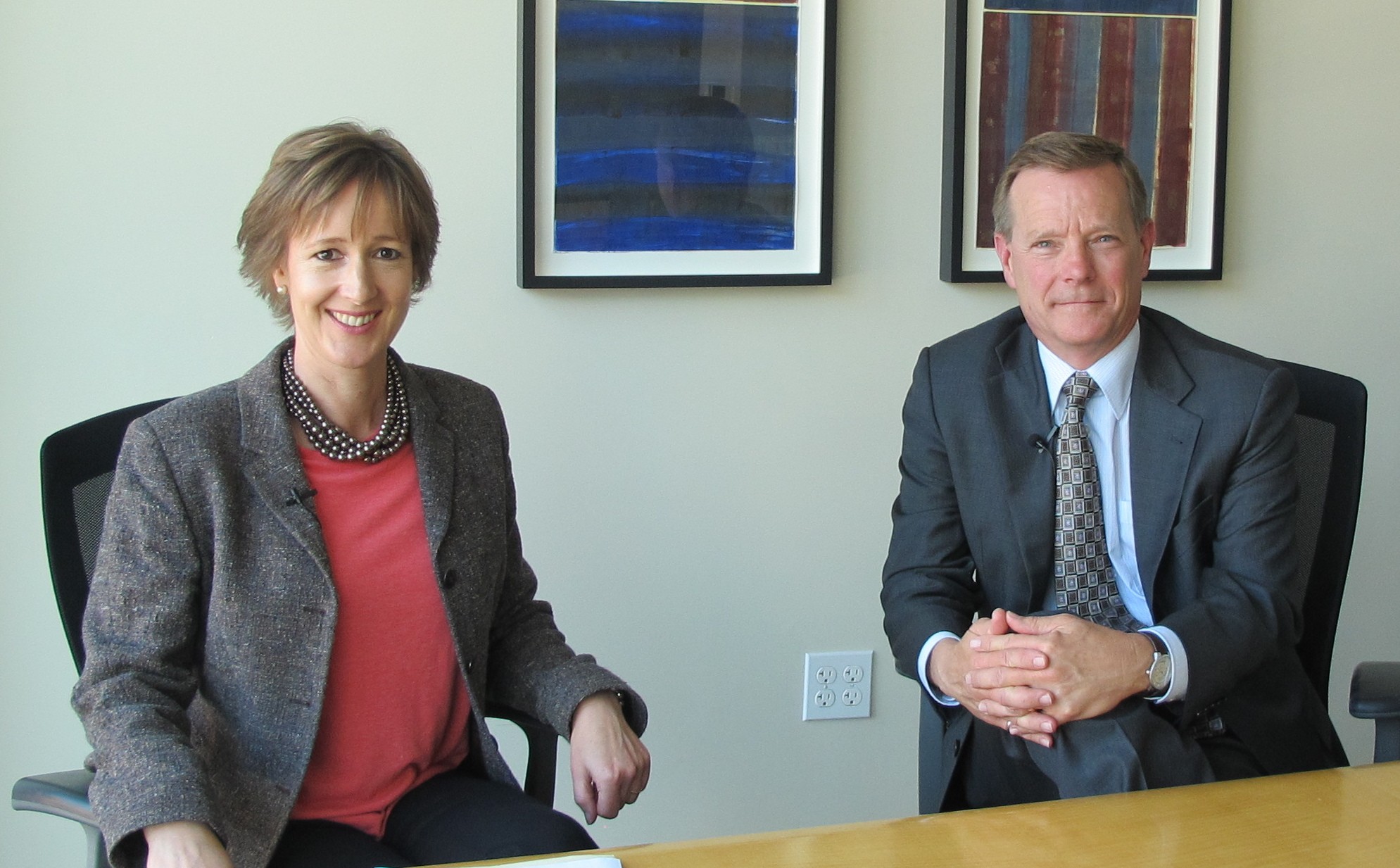By Alison van Diggelen, host of Fresh Dialogues
I sat down with Phil Williams of Webcor Builders to find out how the building industry is responding to climate change by quantifying a building’s environmental impact (water, CO2 production, etc) using Natural Capital Accounting (NCA).
“CFOs of major corporations are saying, ‘before it was random acts of greenness,'” says Williams. “Now I can start to measure our environmental impact.”
As he explains it, a global standard of measuring and quantifying a building’s impact can provide owners, renters, architects, and builders with valuable information with which to make key decisions about buying, renting, land use, building materials, energy systems etc.
As well as the World Bank, the Cambridge Programme for Sustainability Leadership and the World Business Council for Sustainable Development, closer to home, Climate Earth in Berkeley is working on the task.
Climate Earth’s White Paper “Valuing Natural Capital” states: “The objective of this project is to develop an estimate of the environmental costs of the greenhouse gas emissions, induced land use changes, and water consumption. For land use change and water consumption, environmental costs are dependent on where the activity takes place, and we developed local cost estimates to account for those differences. Greenhouse gas emissions are a global pollutant, and the costs are roughly indifferent to where the emissions take place, and so a single global number is sufficient to account for those costs.” The paper concluded that the Stern Review’s figure of $110/metric ton of carbon and carbon equivalent is appropriate.
.
.
“NCA takes some of those numeric evaluations – kilograms of CO2, liters of water, hectares of land – and puts them into economic evaluations that large corporations and nimble companies can look at, ” explains Williams. “These are not just environmental metrics, these are just financial metrics.”
He predicts that by the end of 2014, there will be recognized standards in Natural Capital Accounting for construction, apparel and other retail products.
Find out more about the Future of Natural Capital Accounting from the World Forum on NCA which takes place in Edinburgh, Scotland this November.
“Future ready is a positive approach, it’s not about adding more, it’s not about ultimate flexibility,” says Williams. “It’s about providing the right amount of infrastructure to afford flexibility.”
This is part of a series on the Future of Green Building, sponsored by Webcor Builders. For more in the series, check out these videos and stories
Read more about Green Building stories featuring Meryl Streep, Susan Sarandon and Apple and by checking the Green Building tab above or clicking here




